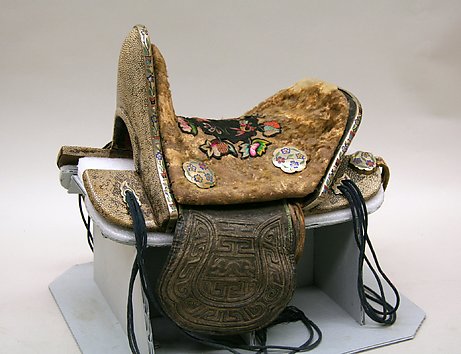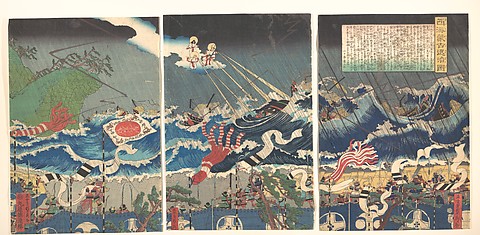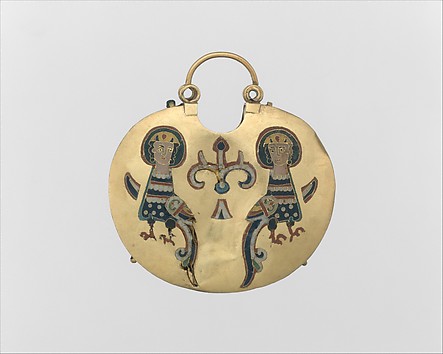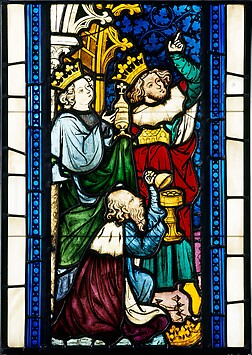Search / All Results
465 results for mongols
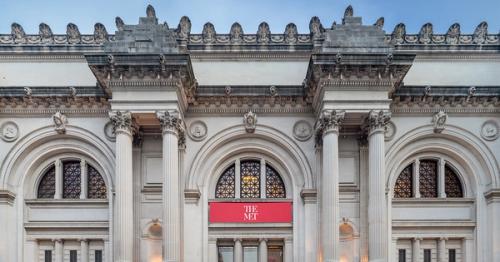
Essay
Folios from the Great Mongol Shahnama (Book of Kings)
October 1, 2003
By Qamar Adamjee and Stefano Carboni




Essay
Folios from the Jami‘ al-tavarikh (Compendium of Chronicles)
October 1, 2003
By Qamar Adamjee and Stefano Carboni


Essay
A New Visual Language Transmitted Across Asia
October 1, 2003
By Qamar Adamjee and Stefano Carboni


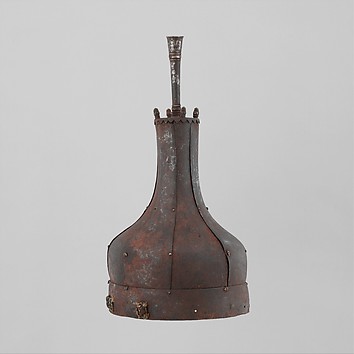
Art
Helmet
Exhibitions
